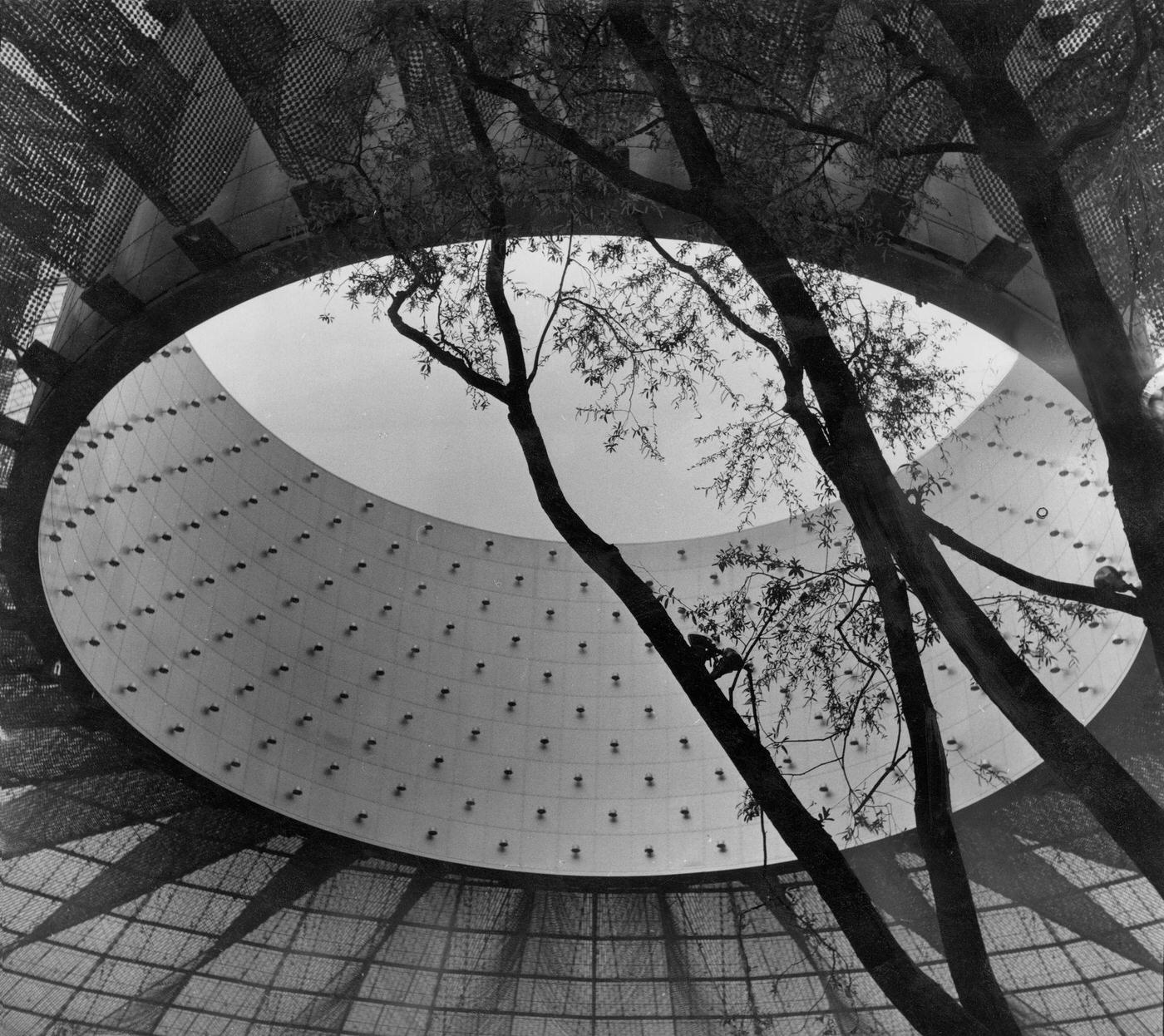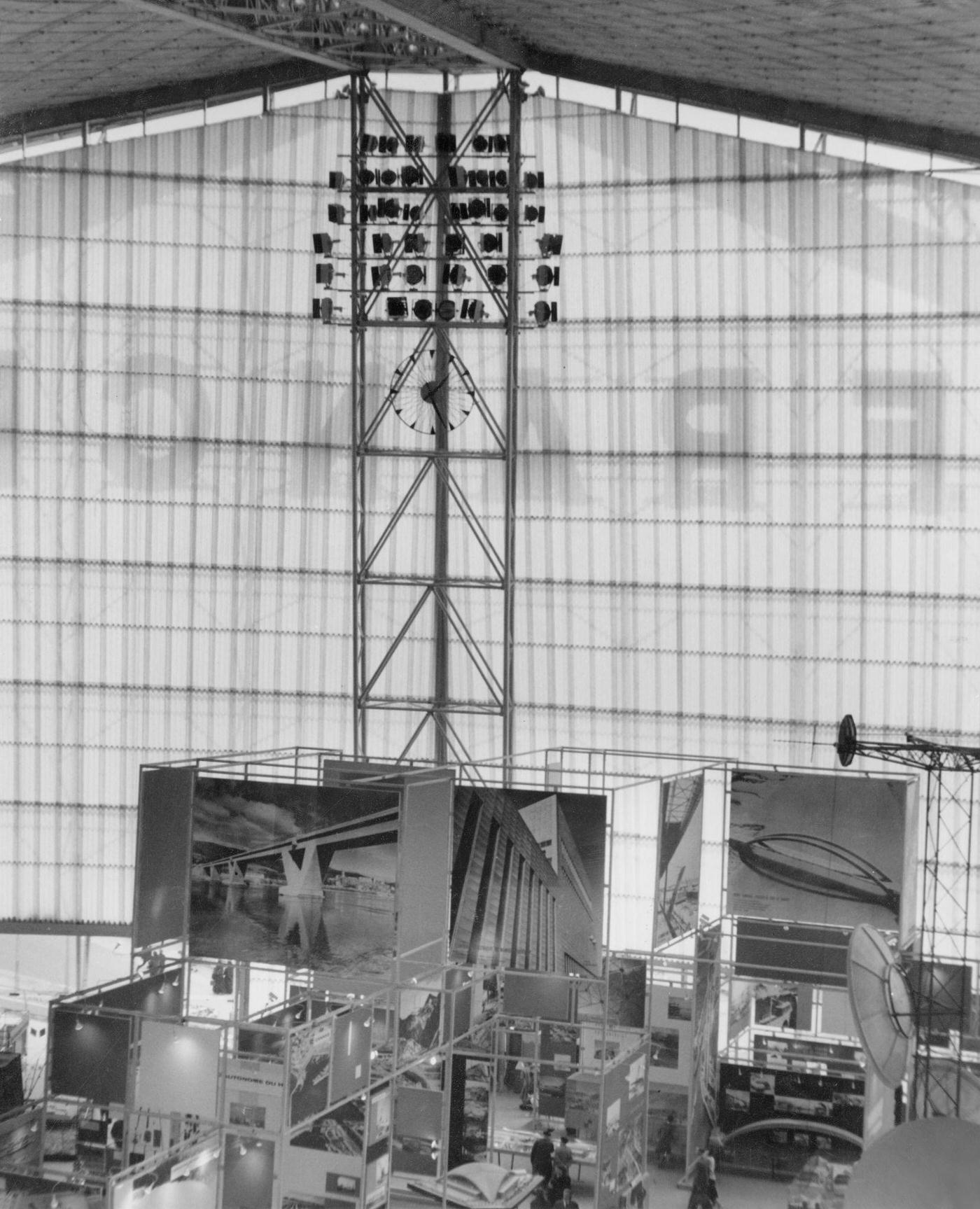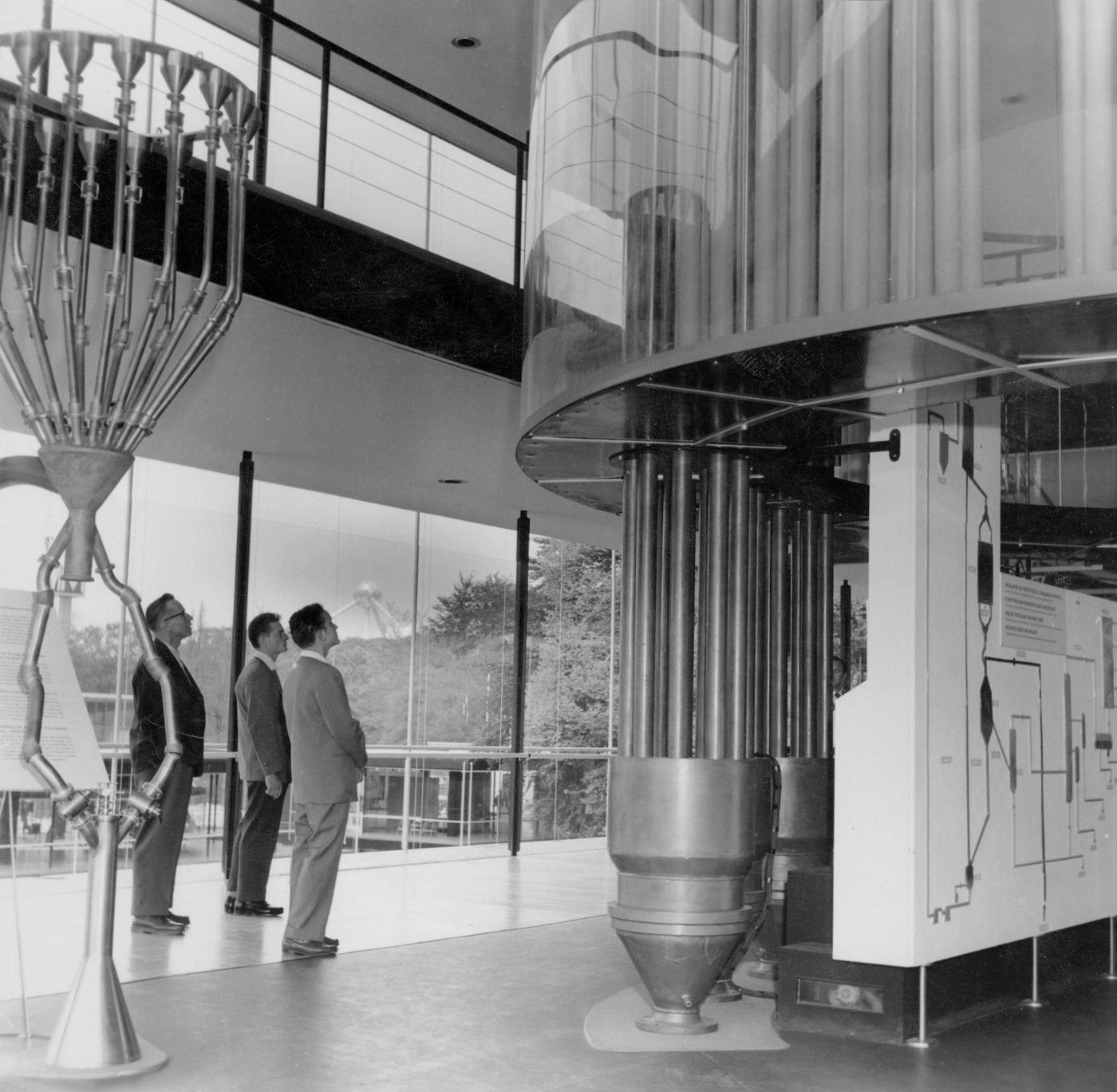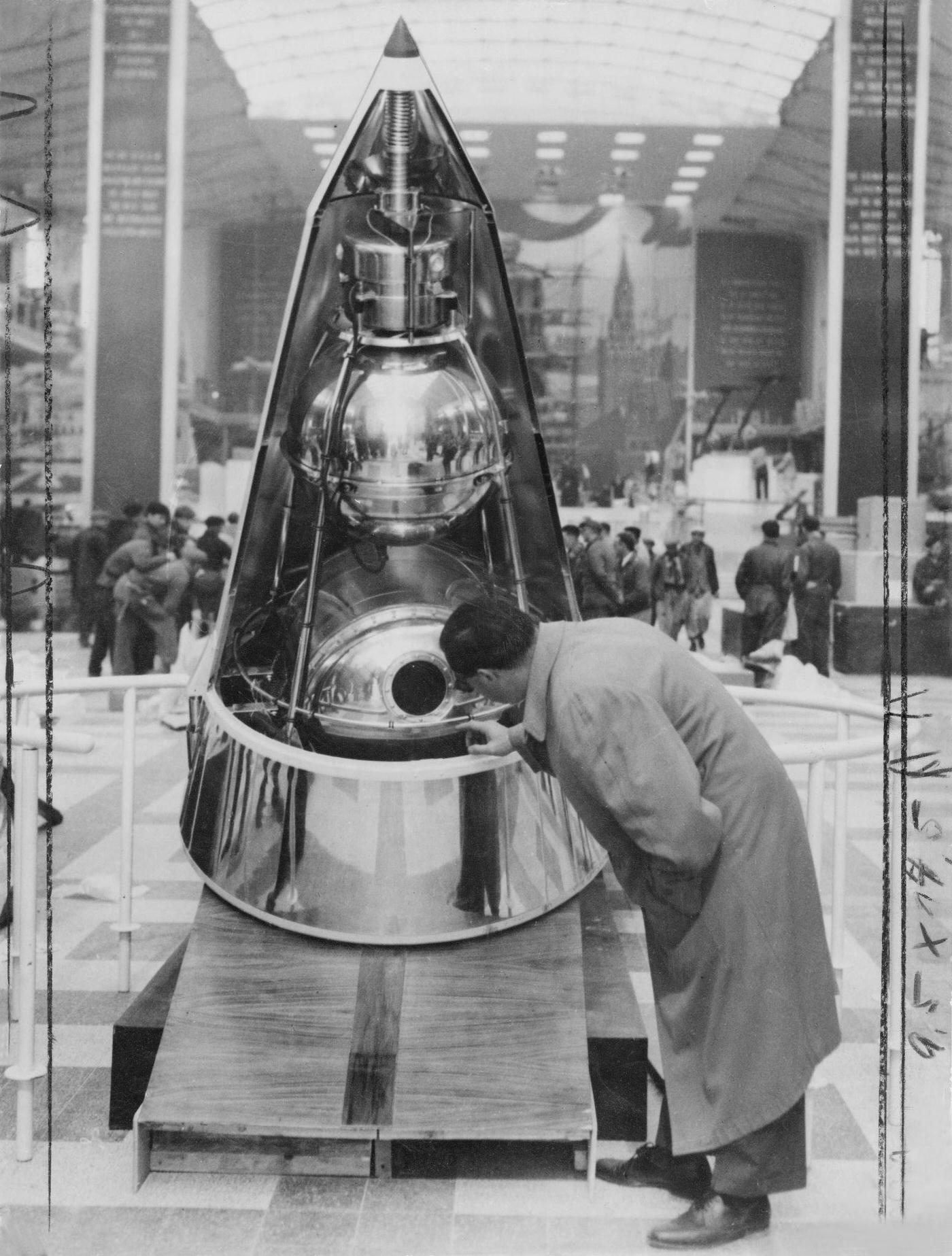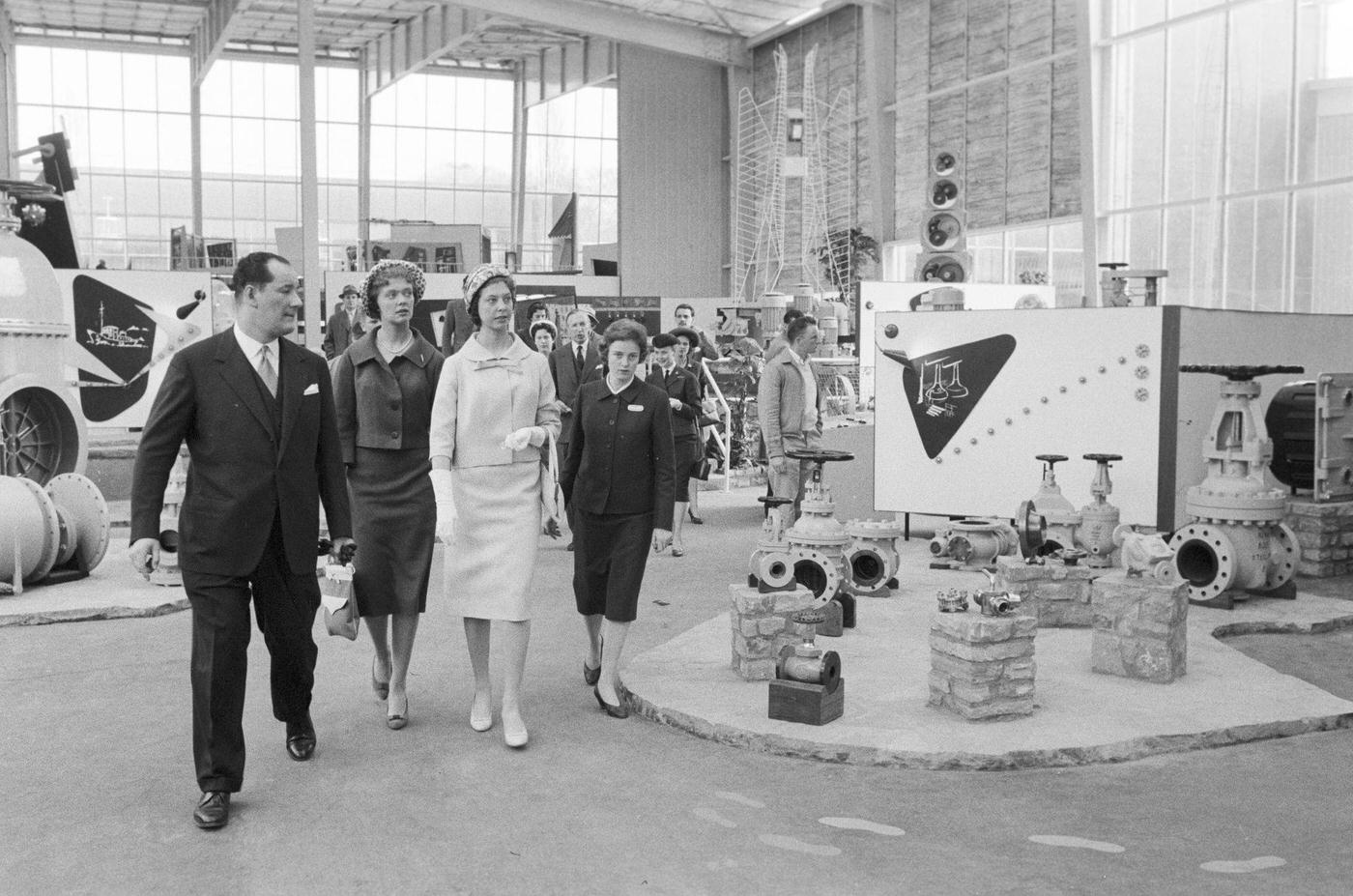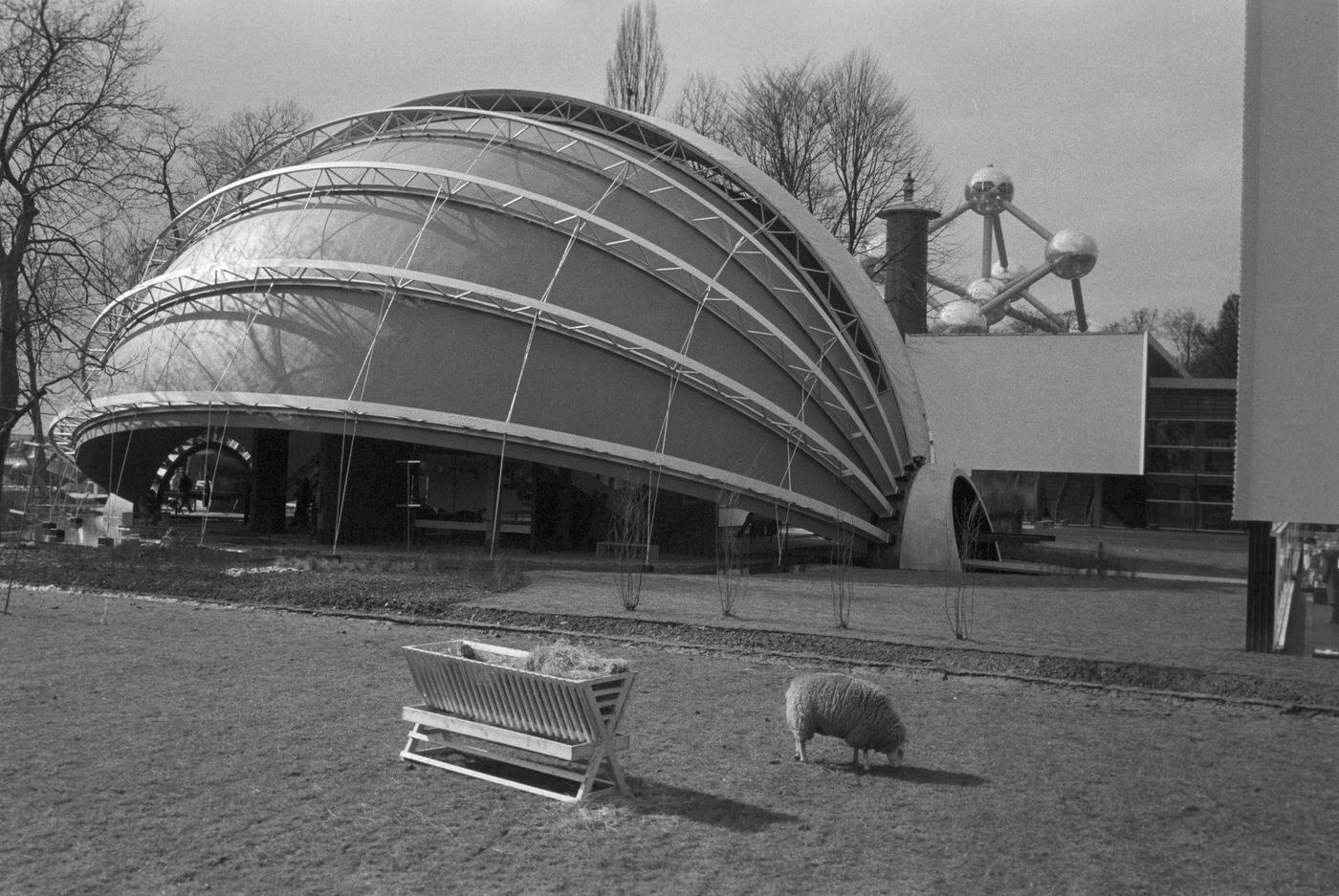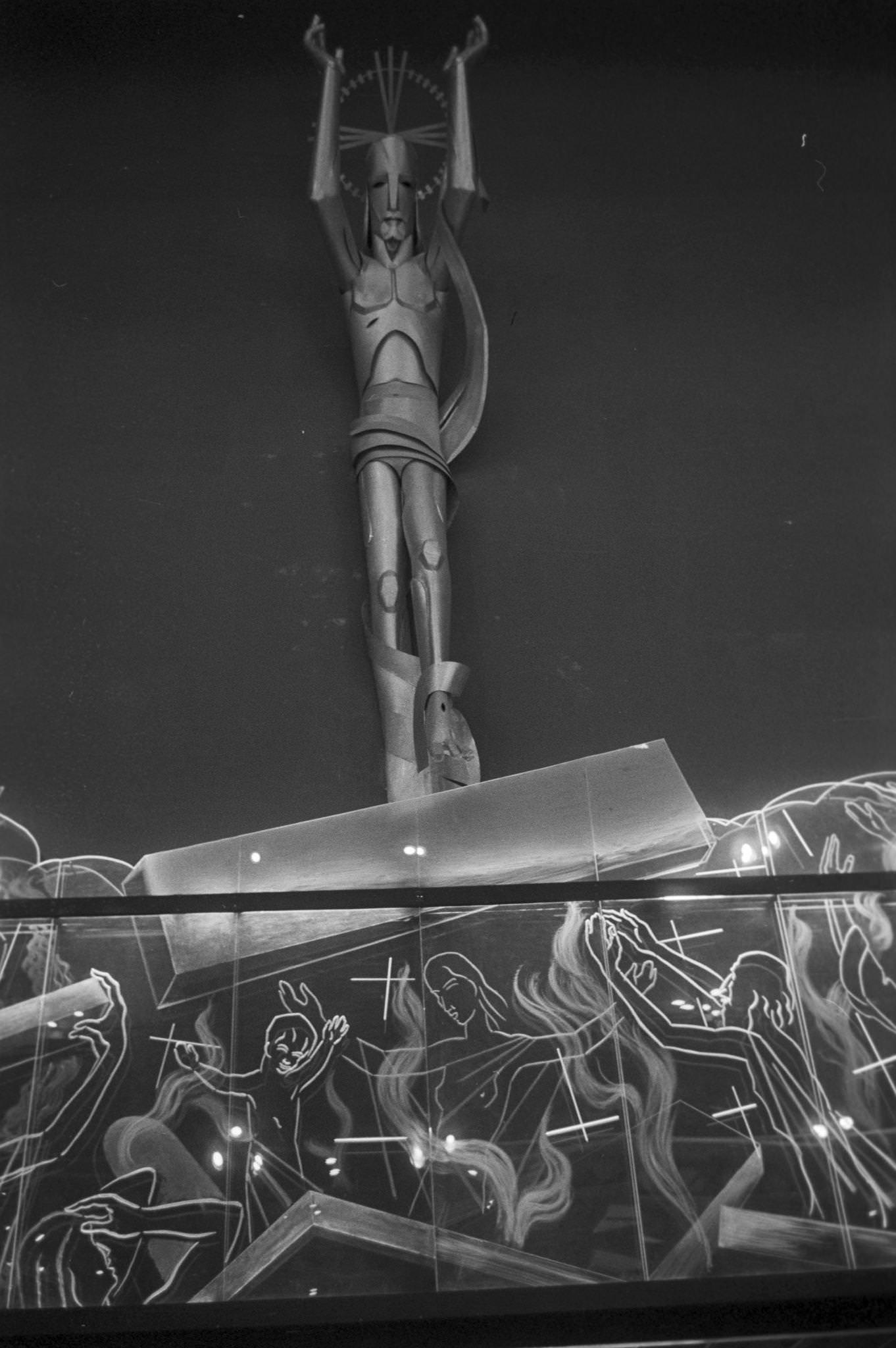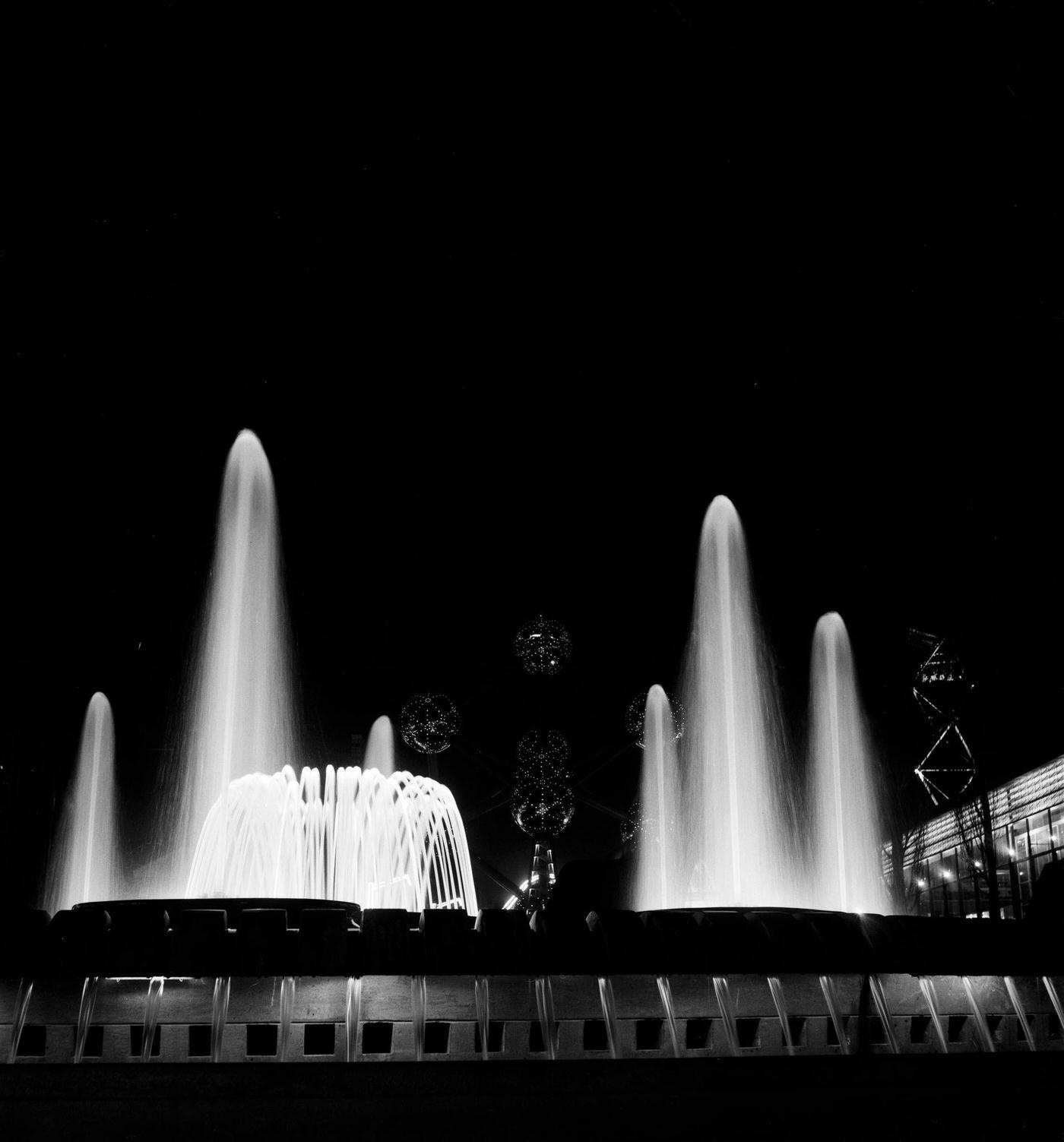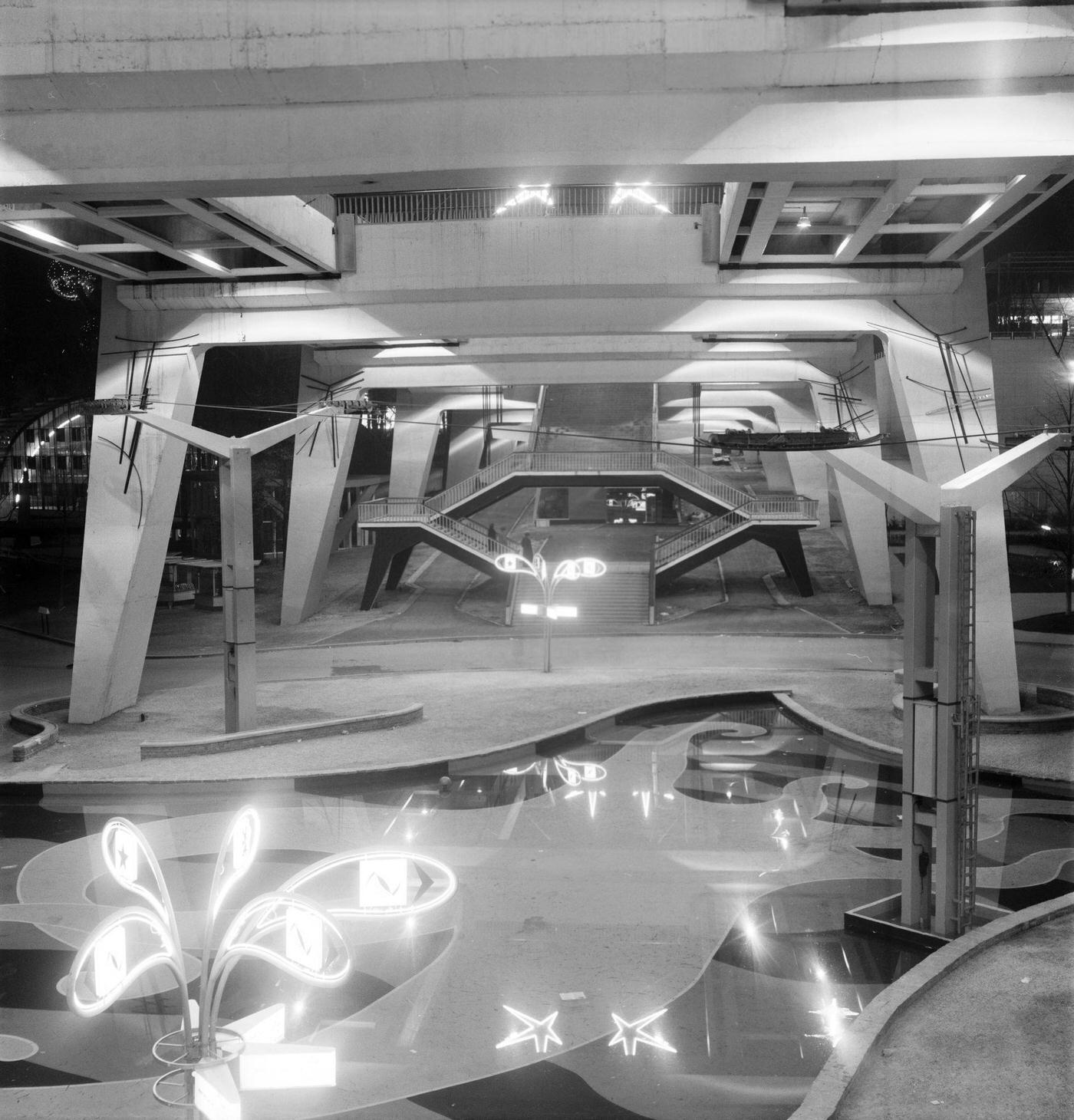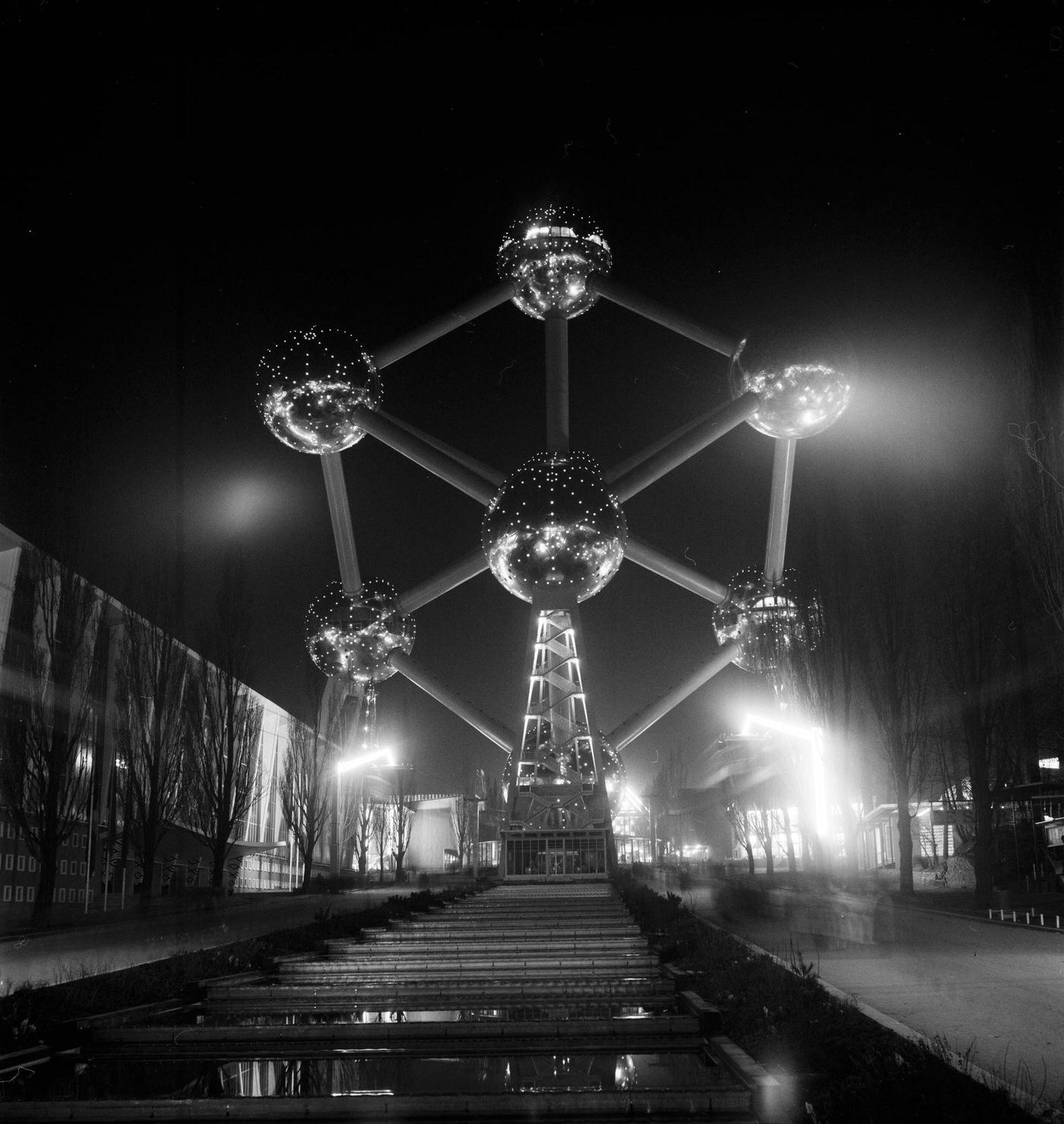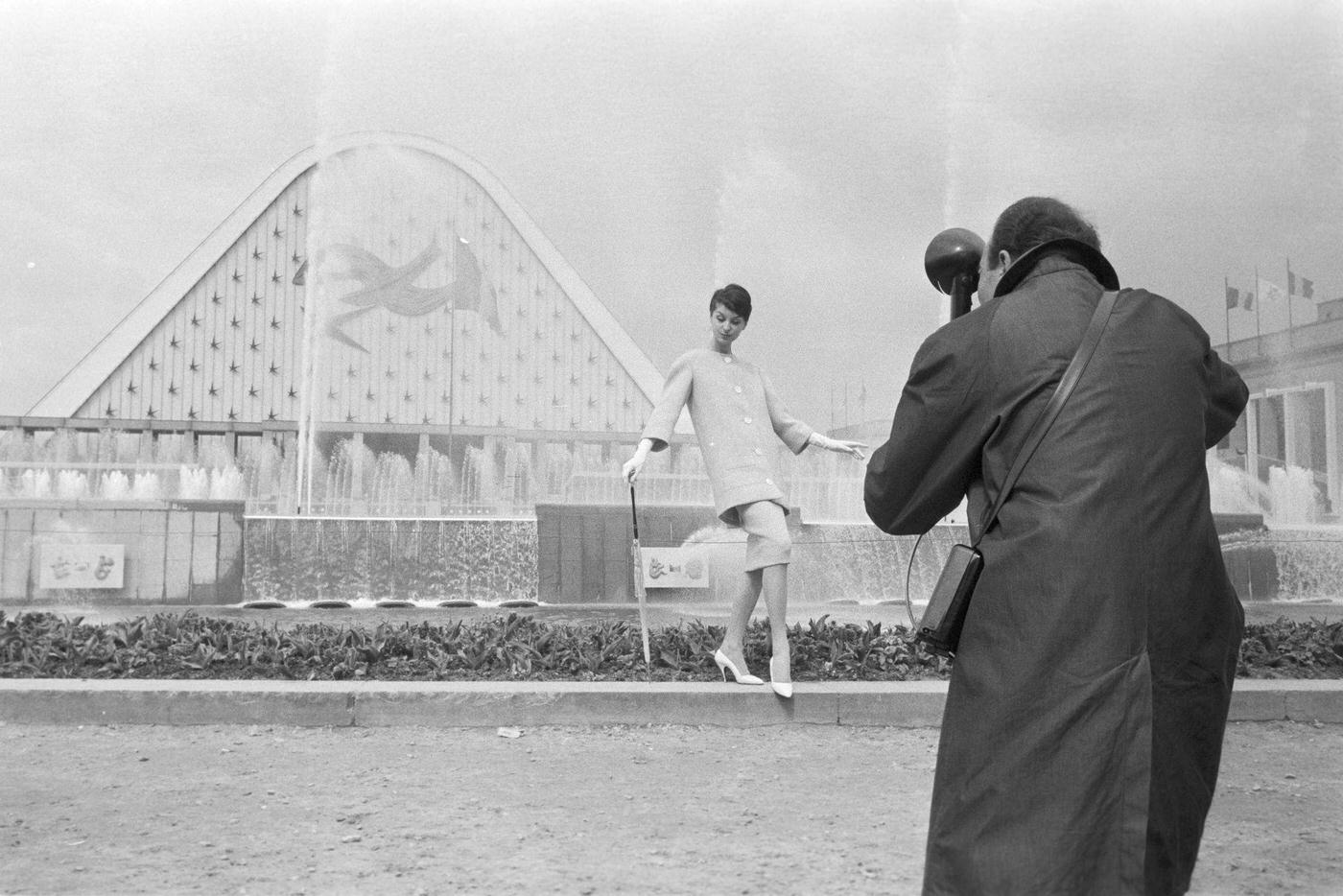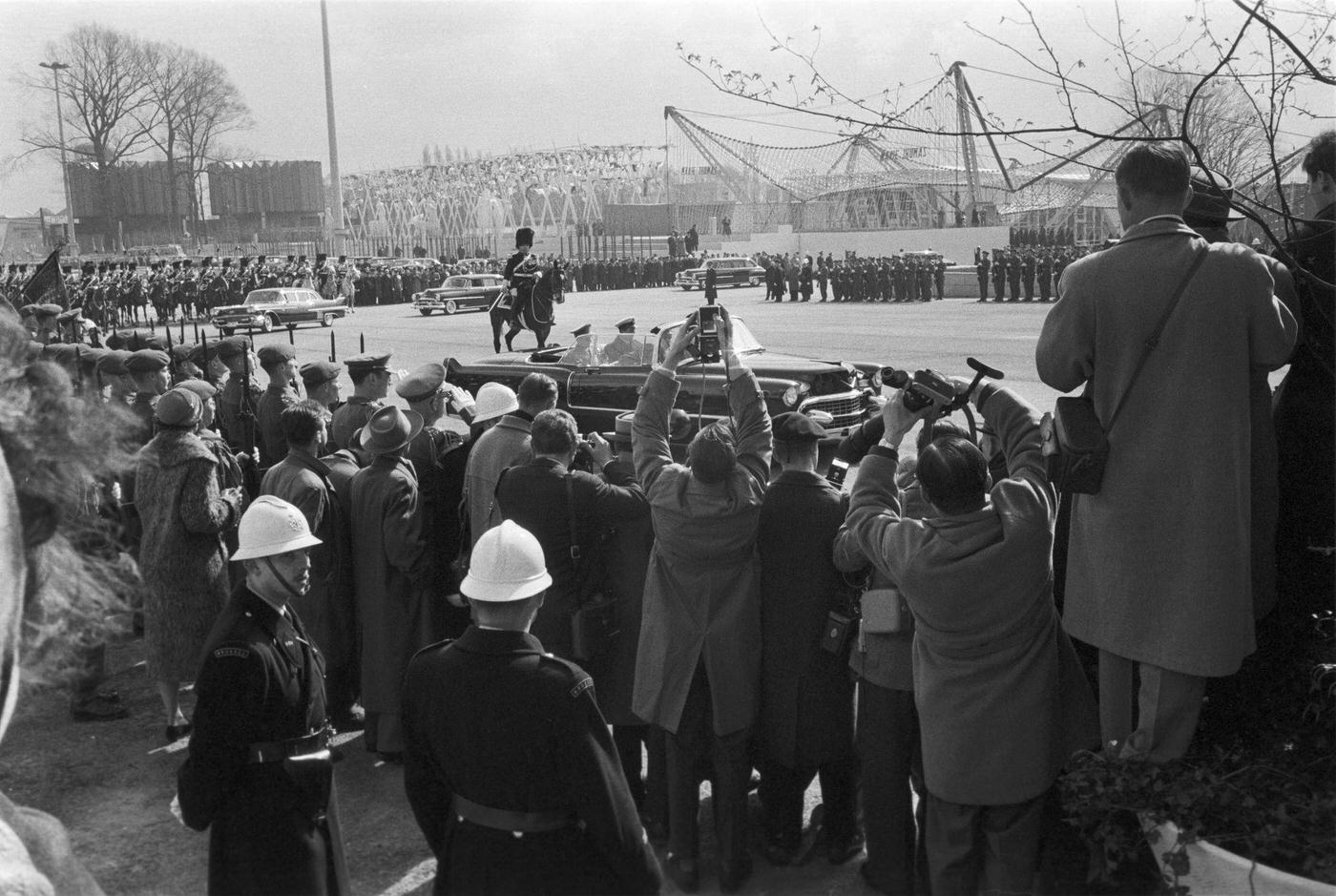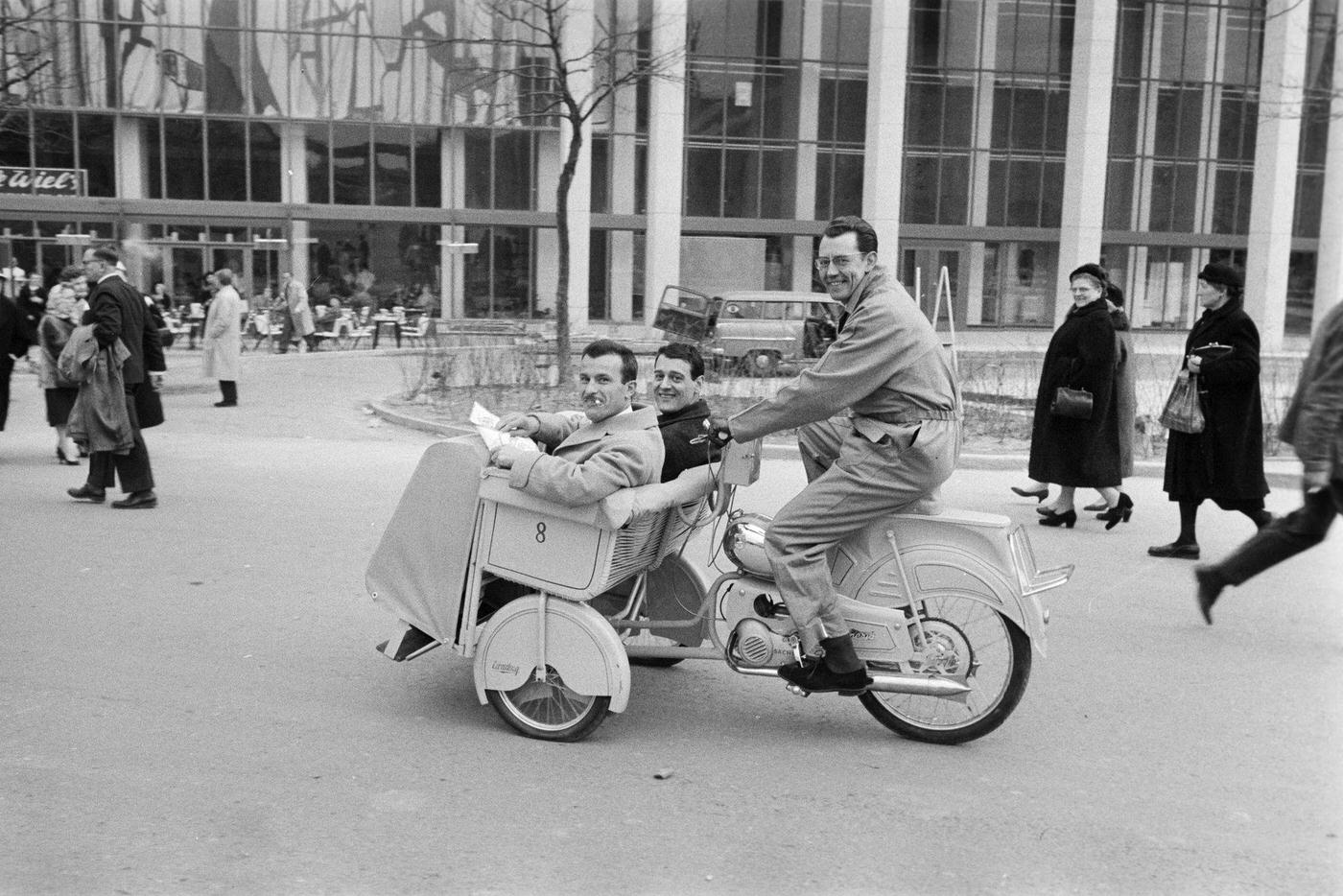The 1958 Brussels World’s Fair, also known as the Exposition Universelle et Internationale de Bruxelles, was a major international exhibition that took place in Brussels, Belgium, from 17 April to 19 October 1958. The event was held to commemorate the 50th anniversary of the first World’s Fair held in Brussels in 1910. The 1958 World’s Fair was one of the largest exhibitions of the 20th century, attracting over 41 million visitors from around the world.
The theme of the 1958 World’s Fair was “A World on the Move,” which reflected the rapid technological advancements of the time and the increasing speed of transportation and communication. The fair was divided into several sections, each showcasing the latest innovations in a specific field, such as science, transportation, and architecture. The main Pavilion of the fair was the Atomium, a steel structure that stood 335 feet tall and represented an iron molecule magnified 165 billion times.
One of the highlights of the 1958 World’s Fair was the participation of various countries from around the world. Each country had its own Pavilion, showcasing its culture, history, and technological advancements. Some of the most notable pavilions included the United States Pavilion, which showcased the latest innovations in transportation, and the Soviet Pavilion, which displayed the latest developments in science and technology.
Another highlight of the 1958 World’s Fair was the architecture. Many of the pavilions were designed by famous architects of the time, including Le Corbusier, who designed the French Pavilion, and Marcel Breuer, who designed the Belgian Pavilion. The fair’s architecture was highly influenced by the International Style, characterized by the use of modern materials and an emphasis on functionality.
The 1958 World’s Fair also had a significant impact on popular culture. The fair was the birthplace of many famous attractions and innovations that are still enjoyed today, including the first-ever audio-animatronic display, which was featured in the American Pavilion. The fair also saw the debut of several new products, including the Polaroid camera, which Edwin Land introduced at the fair.
In addition to showcasing the latest technological advancements, the 1958 World’s Fair was also a cultural event. Many famous musicians and performers, including Duke Ellington and Maria Callas, performed at the fair. The fair also significantly impacted the culinary world, with many new food and beverage products introduced, including instant coffee and Tiki drinks.








